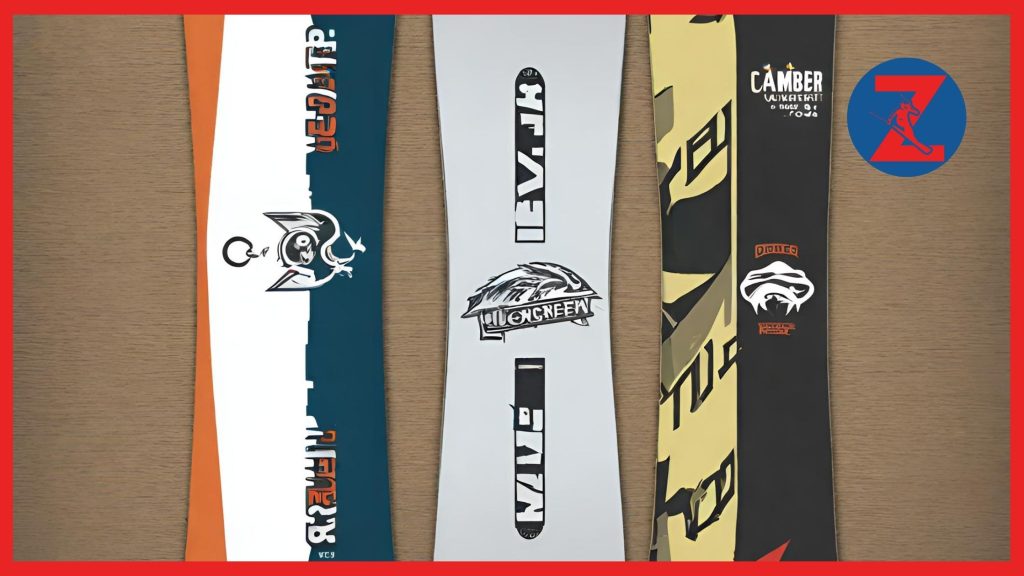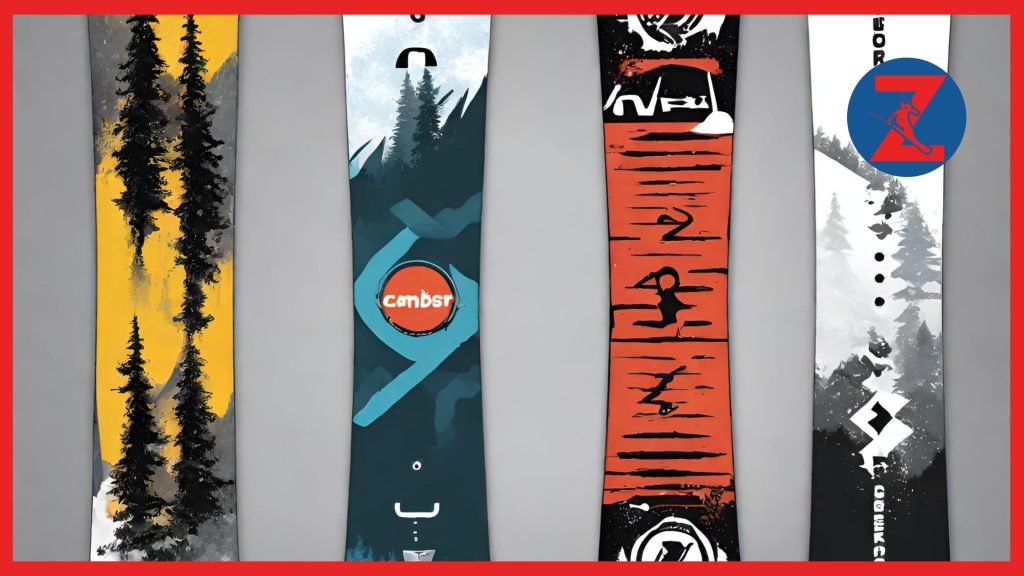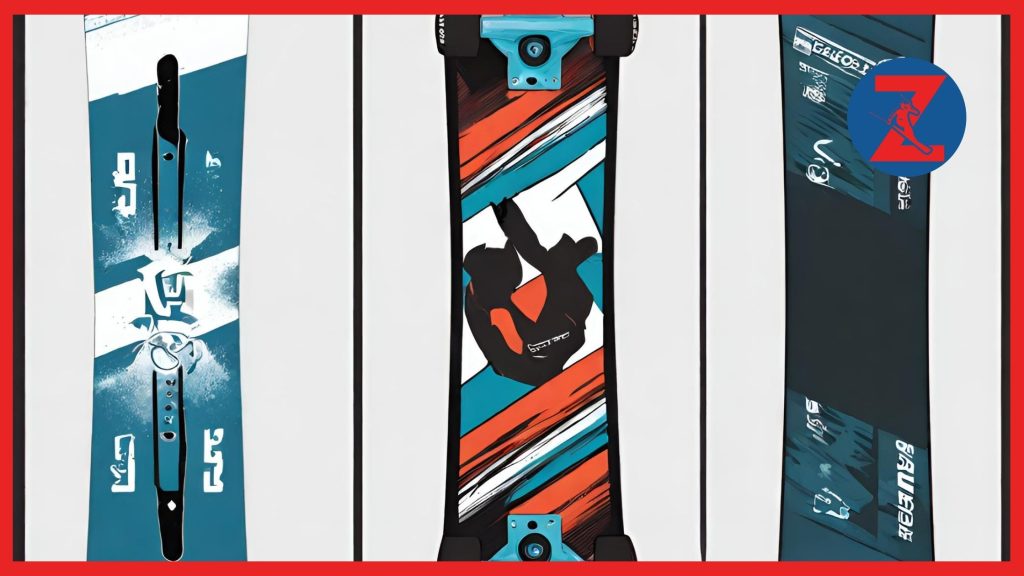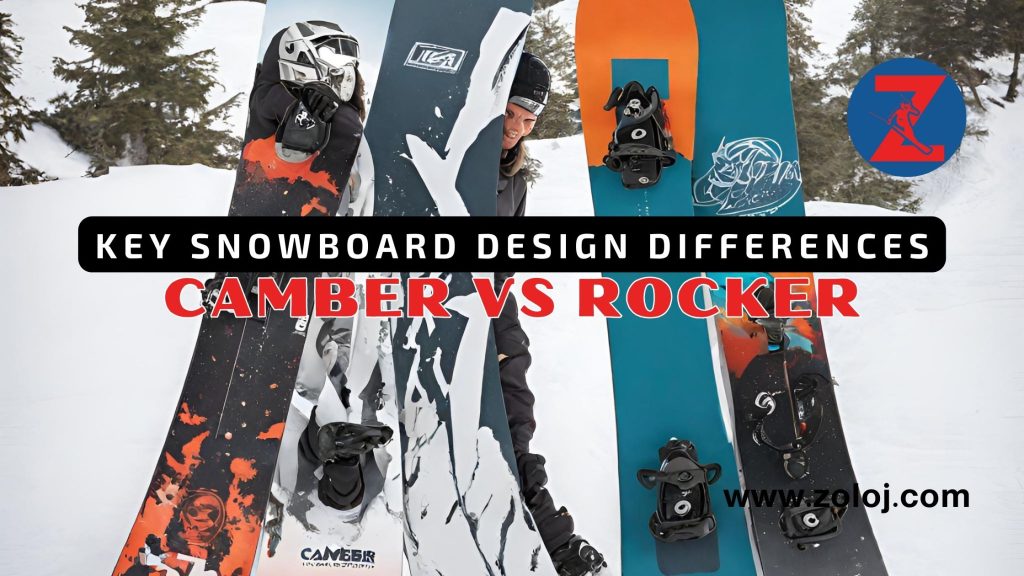Are you ready to conquer the slopes but feeling a little overwhelmed by the countless snowboard options out there? Don’t worry, we’ve got you covered. When it comes to snowboard design, one of the most important decisions you’ll make is choosing between camber and rocker. But what exactly are the differences between these two designs? And how can they impact your riding experience? Let’s dive in and uncover the secrets behind camber and rocker, so you can make an informed decision that will take your snowboarding to new heights.
What is Camber?

Camber refers to the curvature of a snowboard, ski, longboard, or skateboard where the center of the board is raised off the ground while the contact points at the tip and tail remain touching. This design creates a slight arch or camber in the middle of the board, which helps distribute the rider’s weight evenly and provides excellent edge control.
Camber boards are known for their responsiveness, stability, and powerful pop, making them popular among experienced riders. The curved design allows for precise turns and maximizes edge-to-snow contact, ensuring superior carving and control on various terrains.
Whether you’re tearing up the mountain on a camber snowboard, charging down slopes on a camber ski, cruising the streets on a camber longboard, or practicing tricks on a camber skateboard, the camber design offers unparalleled performance and a dynamic riding experience.
| Board Type | Main Features |
|---|---|
| Snowboard | Superior edge control, stability, powerful pop |
| Ski | Precision turning, stability, responsiveness |
| Longboard | Responsive turns, max edge grip, stability |
| Skateboard | Responsive carving, enhanced control, powerful pop |
Experienced riders who value speed, aggressive carving, and explosive tricks often choose camber boards for their ability to handle high-intensity situations and provide precise control. If you’re an advanced snowboarder, skier, longboarder, or skateboarder seeking a board that can handle your skills and push your limits, a camber design is the way to go.
What is Rocker?

Rocker, also known as reverse camber or banana camber, is a popular design feature in snowboards, skis, longboards, and skateboards. Unlike camber, which has a raised center and contact points at the tip and tail, rocker boards have a reverse curve. This design lifts the tip and tail off the ground while the center remains in contact with the surface.
The benefits of a rocker snowboard, ski, longboard, or skateboard lie in its performance characteristics. The lifted tips and tails facilitate easier turn initiation, allowing riders to effortlessly navigate the slopes and streets. The reverse camber also increases maneuverability, allowing for quick and nimble movements. Additionally, rocker boards provide better float in powder thanks to the increased surface area.
Rocker boards are particularly popular among beginners and riders who prioritize a playful and surfy feel on the mountain or streets. The forgiving nature of rocker designs makes them ideal for those who are still mastering their skills or prefer a more relaxed riding experience.
Rocker Boards vs Camber Boards
When comparing rocker boards to camber boards, the main differences lie in their performance and suitability for different riding styles.
“Rocker boards offer easier turn initiation, increased maneuverability, and better float in powder, making them a great choice for beginners or riders looking for a playful, surfy feel.”
On the other hand, camber boards excel in stability, edge control, and pop. These characteristics make them a preferred choice among experienced riders who enjoy aggressive carving or high-speed performance.
Choosing the Right Rocker Board

When selecting a rocker snowboard, ski, longboard, or skateboard, it’s essential to consider your riding style, skill level, and intended use. Rocker boards are versatile and can cater to a wide range of riders, from beginners to advanced shredders.
“Rocker boards are more forgiving and ideal for beginners and riders who prioritize a playful and surfy feel on the mountain or streets.”
For beginners, a rocker board provides an excellent platform to develop their skills and build confidence. The forgiving nature of the design helps reduce the chance of catching an edge, resulting in a more enjoyable learning experience.
For more advanced riders, rocker boards can be used for various styles such as freestyle, park, or powder riding. The flexibility and maneuverability of a rocker design allow for creative tricks and smooth turns.
| Pros of Rocker Boards | Cons of Rocker Boards |
|---|---|
| Easier turn initiation | Reduced stability compared to camber |
| Increased maneuverability | Less edge control on hard-packed snow or icy conditions |
| Better float in powder | Less powerful pop compared to camber |
Ultimately, choosing between a rocker board and a camber board comes down to personal preference and riding style. Some riders may prefer the stability and precision of camber, while others may enjoy the playful and forgiving nature of rocker designs. Experimenting with different board types can help you discover the perfect ride for your style.
Conclusion
Understanding the difference between camber and rocker is crucial when choosing the right snowboard for your style and skill level. Camber boards offer stability, edge control, and pop, making them great for riders who prefer aggressive carving or high-speed performance. On the other hand, rocker boards provide easier turn initiation, enhanced maneuverability, and better float, making them a popular choice for beginners or those who enjoy a playful, freestyle approach.
When deciding between camber and rocker, it’s important to consider your riding style, terrain preferences, and personal preferences. Think about whether you enjoy carving up the mountain or hitting the terrain park. Are you more drawn to speed and precision or playful tricks and jumps? Taking these factors into account will help you make an informed decision that aligns with your snowboarding goals.
By understanding the unique characteristics of each design, you can select the perfect board to elevate your snowboarding experience. Whether you choose camber for its stability and edge hold or rocker for its maneuverability and float, both options have their advantages. Ultimately, the choice between camber and rocker boils down to personal preference and the type of riding you enjoy most.
FAQ
What is the difference between camber and rocker?
Camber refers to the curvature of the board where the center is raised off the ground. Rocker, on the other hand, has a reverse curve that lifts the tip and tail off the ground. These design differences affect the board’s performance, stability, and maneuverability on the mountain.
What are the key characteristics of camber boards?
Camber boards offer excellent edge control, stability, and powerful pop. They are known for their responsiveness, making them popular among experienced riders who prefer aggressive carving and high-speed performance.
What are the main features of rocker boards?
Rocker boards provide easier turn initiation, increased maneuverability, and better float in powder. They have a more forgiving feel and are ideal for beginners or riders who enjoy a playful, surfy style on the mountain.
Which type of board is better for beginners?
Rocker boards are often recommended for beginners due to their forgiving nature and ease of turn initiation. They provide a more stable ride and are less likely to catch an edge compared to camber boards.
Which type of board is better for aggressive carving?
Camber boards excel in aggressive carving due to their excellent edge control and responsiveness. They provide better edge hold and stability at higher speeds, making them an ideal choice for riders who prefer aggressive carving on groomed runs.
Which type of board is better for powder snow?
Rocker boards are better suited for powder snow due to their increased floatation. The reverse curve design helps the board stay on top of deep snow, providing better control and a smoother ride.
How should I choose between camber and rocker?
When choosing between camber and rocker, consider your riding style, skill level, and the type of terrain you will be riding on. Camber boards are more suitable for experienced riders seeking stability and precise control, while rocker boards are great for beginners or riders looking for a more forgiving and playful ride.






